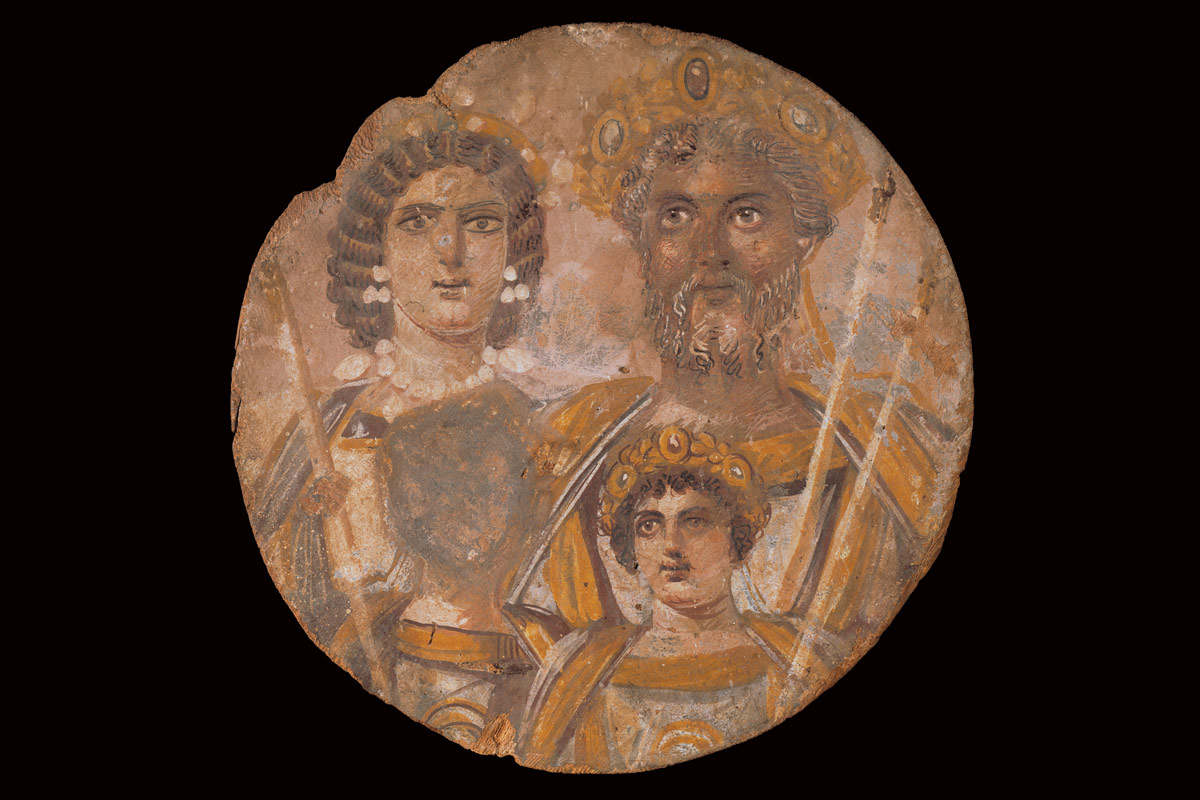Remembering to Forget
Ancient Mediterranean Studies 382 explores the often-overlooked diversity of the Roman Empire, and the ruthlessness of Roman emperors.
To many, the Roman Empire is synonymous with figures like Cicero, Julius Caesar, and Augustus—that is, with the late first century BCE, the period of political turmoil marking the end of the Republic and the foundation of stable, if autocratic, rule by emperors. This focus is in part the result of a popular obsession with political history, but the practical outcome is also a view of the Roman Empire largely centered on the city itself. While it is true that the cultural and political structures that bound the empire together were still nascent in the first century BCE, the provinces are often depicted as mere backdrops for political and military intrigue. The empire of the early third century CE, however, was a very different place, and the provinces cannot in any way be seen as peripheral. A common elite Roman culture was widespread, Roman citizenship had been expanded, men from the provinces regularly gained senatorial rank, and individuals from outside Rome and Italy rose through the ranks of the Roman army to wield tremendous political clout.
The Severan Tondo, which we study in Ancient Mediterranean Studies 382: Material Culture and Empire, now in the Staatliche Museen zu Berlin, demonstrates this change. Painted in Egypt ca. 200 CE, it depicts the family of Septimius Severus, the reigning emperor, who is shown in the upper right of the tondo. Severus was born in Leptis Magna in what is now Libya, spoke Latin with a Punic accent, and was declared emperor by his legions in what is now Austria during the chaos following the assassination of Commodus. In the upper left is his wife Julia Domna, who was from Emesa (modern Homs), Syria and was a member of a family of priests of the Syrian sun god Elagabalus. Their son, and Severus’ successor, Caracalla is in the bottom right. The Severan Tondo neatly illustrates the diversity of the Empire of the third century and challenges popular conception of ancient Rome as solely western or European: a North African emperor, his Syrian wife, and their family are depicted on a work of art produced in Egypt for veneration in the home.
The tondo is also notable, and perhaps most famous, for what it does not (or rather, no longer) depicts. In the bottom left, the void where a portrait used to be immediately draws the viewer’s eye. This is where Caracalla’s brother Geta had been depicted. After Sepitimius’ death in 211 CE, Caracalla and Geta were meant to rule together as co-emperors. The arrangement did not last the year. Caracalla had Geta murdered, and ordered a damnatio memoriae: the removal of all depictions of Geta and mentions of his name. The damnatio was thorough, with Geta’s image and name removed not only from public monuments, but also from private ones such as the Severan Tondo. In many cases, as here, nothing was put in its place: the remaining blank space was the point. Geta officially did not exist, and the gaping hole is purposefully left to remind the viewer that, even in the home, the emperor commands them to forget him and his memory. Or else.
Tags: Academics, Object of Study, Professors
